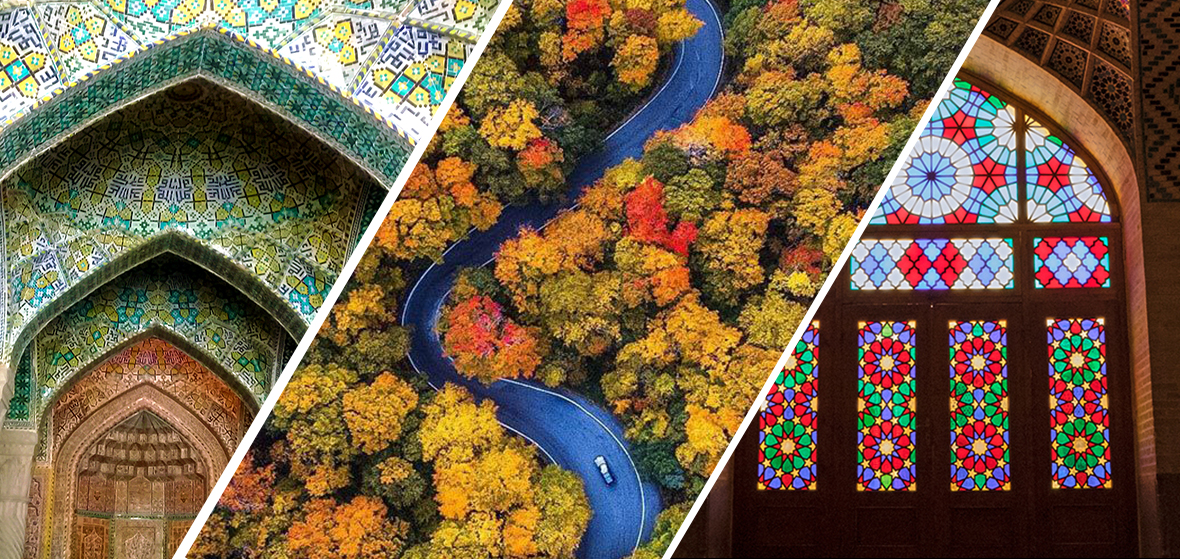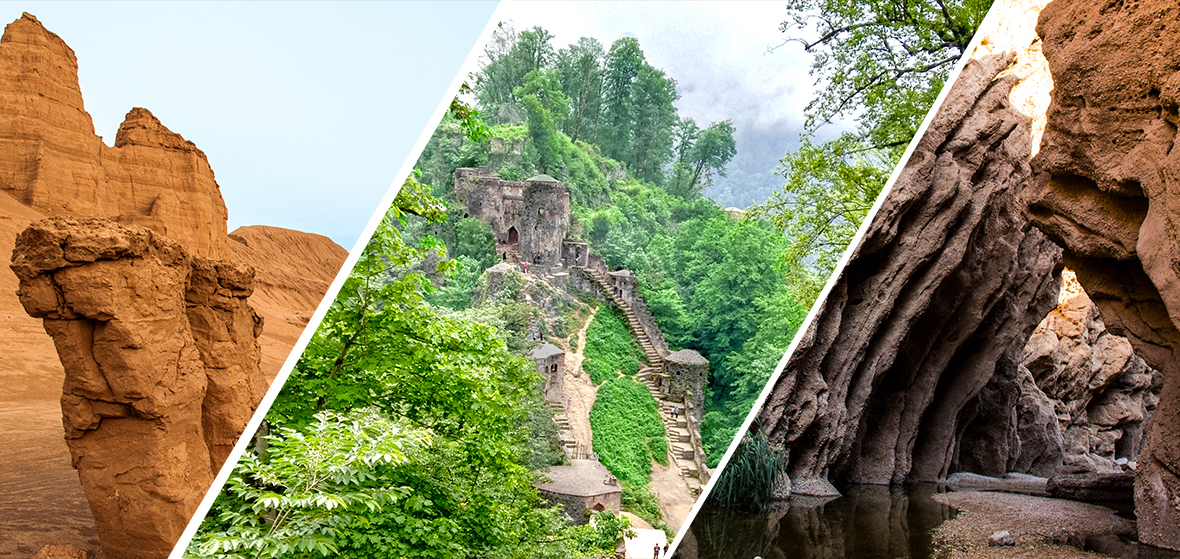Ramsar: A paradise in the north of Iran!
Ramsar is a city in Mazandaran province in the north of Iran. Formerly known as Sakht city, it is the last city in the west of Mazandaran. Ramsar reaches Shiroud from the east, Chaboksar from the west, Alborz Mountains from the south and the Caspian Sea from the north. Ramsar’s climate is warm and humid in summer and mild in winter. Surrounded by the forest and the sea gives the city a special beauty, which attracts tourists in all seasons of the year.
Iran is full of unique cities that each has a special title and reputation, but the reputation that Ramsar has differs from other cities. The Bride of the North! The most important reason to attribute this valuable reputation to the city of Ramsar is the spectacular sightseeing, tourist attractions, and its fascinating nature.
These spectacular attractions are so beautiful that they can catch your attention to the most amazing sights in the world. Ramsar was a small village in the west of Mazandaran until the end of Qajar era, and during the first Pahlavi era, with the support of the government of the time, it became a beautiful city with many tourism opportunities and its development is still ongoing.
Garasma Sar:
The village of Garasma Sar is one of the most beautiful and picturesque places of Ramsar, located on the route from Ramsar to Katalom, with a very beautiful nature and old history.
Javaher Deh: A dreamland and a masterpiece of nature!
Javaher Deh Village is a historical area with beautiful forests surrounded by the Alborz Mountains on three sides, with cold and snowy winters and cool and humid summers.
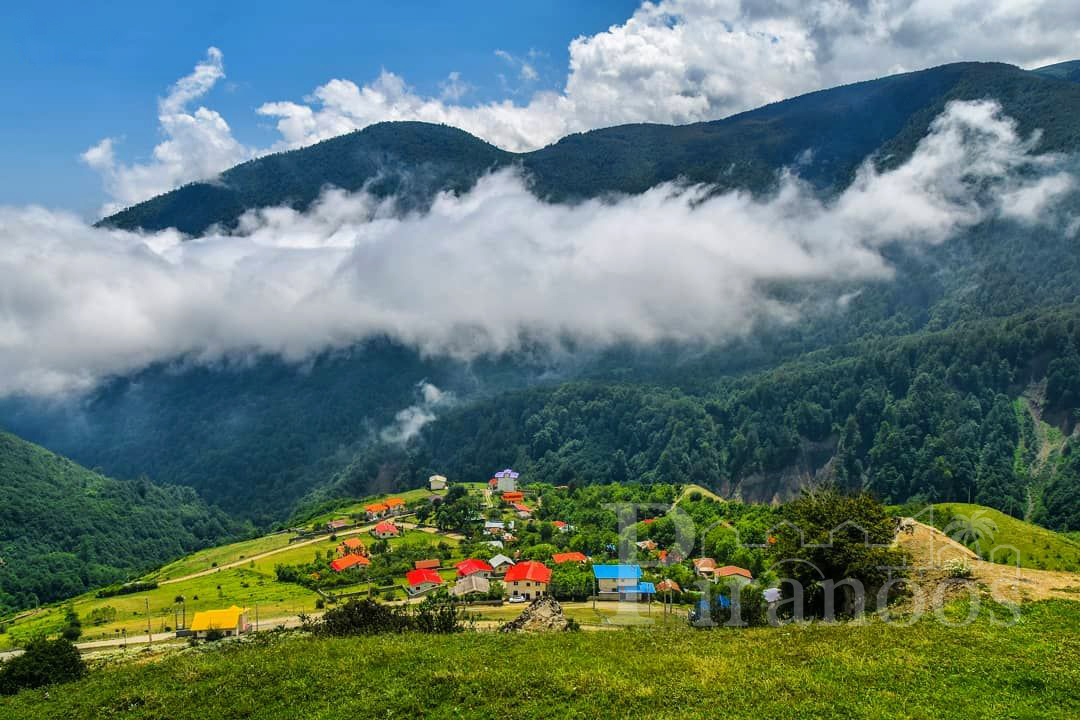
Dalkhani Jungle:
One of the best sightseeing in Ramsar is Dalhkani Forest. The beautiful scenery and stunning views of the Dalhkani forest make it known as “the Paradise hall of Mazandaran”.The high altitude of this area makes it a good choice for hiking and nature trips. The thick fog in this forest is a unique and spectacular feature that has become the most important reason for attracting travelers and tourists.
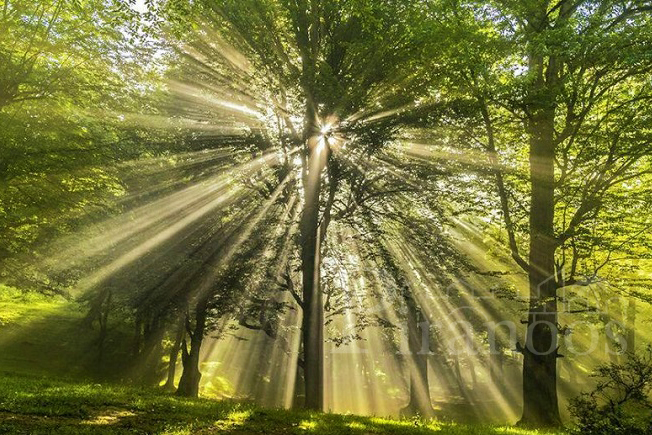
The Yaghi Loka Cave:
Located in the northwest of Ramsar, “Yaghi Luka Cave” is one of Ramsar’s pristine and scenic areas. Yaghi Luka Cave means “bandit hole”. It is in fact 4 meters wide well on Mount Ilmili. Based on the local stories it was formerly used as a haven for those who were wanted by the government.
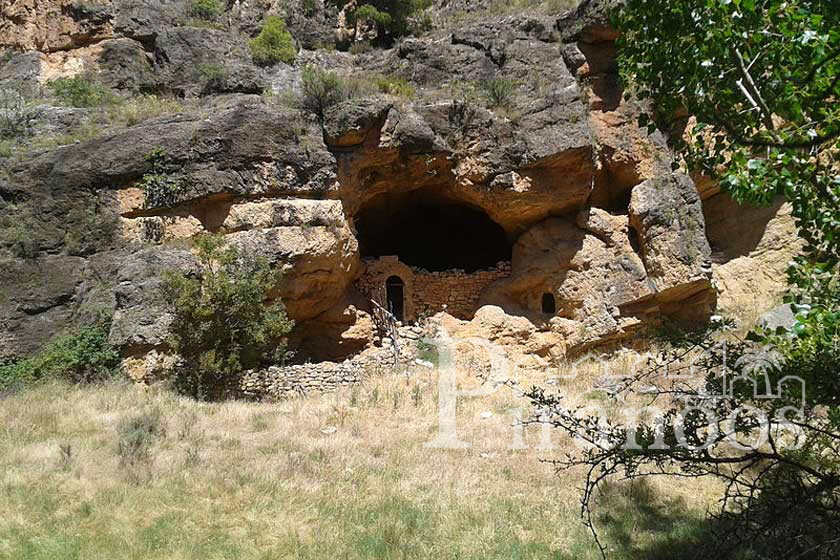
Jennat Rudbar:
One of the main and most popular tourist attractions and places of interest in Ramsar is Jennat Rudbar, located 60 kilometers from Ramsar city, with its beautiful landscapes and wonderful sights that will fascinate any visitor. Jennat Rudbar is also known as the Viper’s-buglosses Land, and the Jennat Rudbar Viper’s-buglosses Festival is an event that has been held in this area for many years.
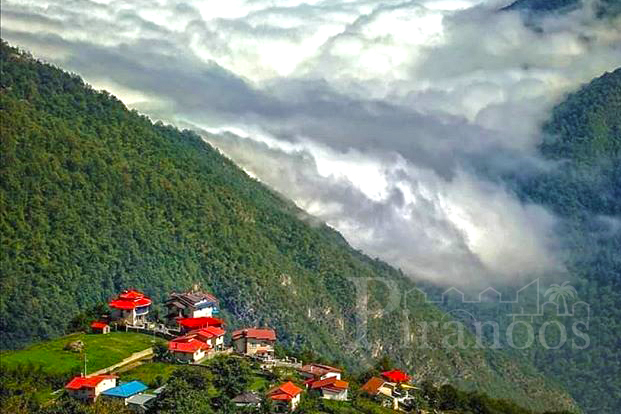
Iij or Mij Waterfall:
Iij Waterfall, also known as Dah-gholou Waterfall, is one of Ramsar’s natural attractions and sights, located in the village of Iij (Eshkur Olia). This waterfall with its freshwater, amazing caves, beautiful fountains, permanent glaciers, and a spectacular view of the Eshkur Valley will surely captivate every viewer!
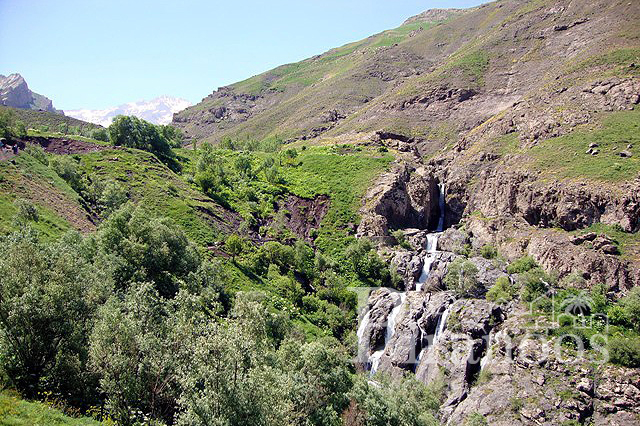
Marmar Palace of Ramsar:
Ramsar Marmar (marble) palace was built during the Pahlavi era (1316 AH) with an area of about 600 meters in a garden with an area of 60 thousand meters and is one of the most unique gardens in Iran in terms of plant species diversity. 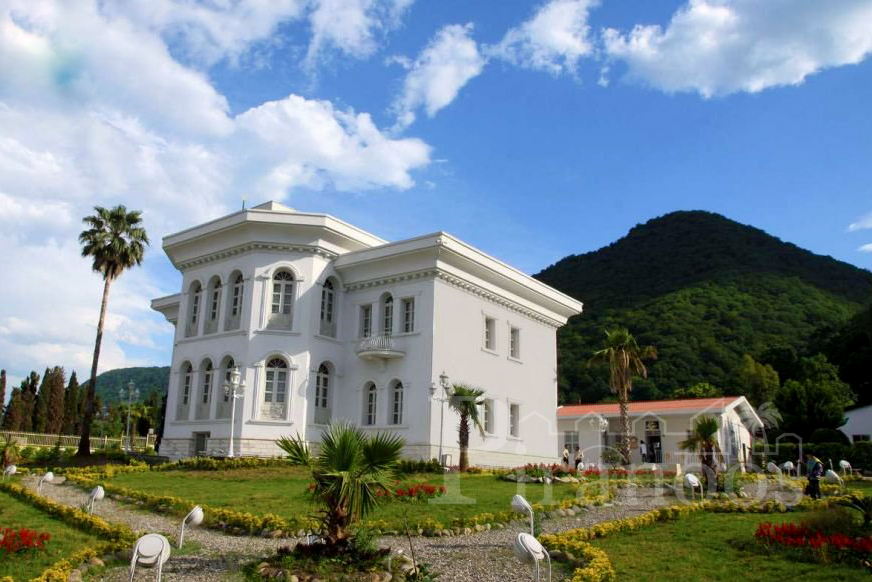
The Marmar palace has a spectacular ceiling with 4 large carved stone columns, the stone statue tiger, several bronze and marble statues, antique paintings, exquisite carpets, crystals, elaborate woodcarvings, and beautiful plasterworks.
Cascade Syasrt:
Situated 35 kilometers south of Ramsar, this beautiful waterfall is part of the Chulk River, displaying stunningly beautiful images in front of the tourist’s eyes.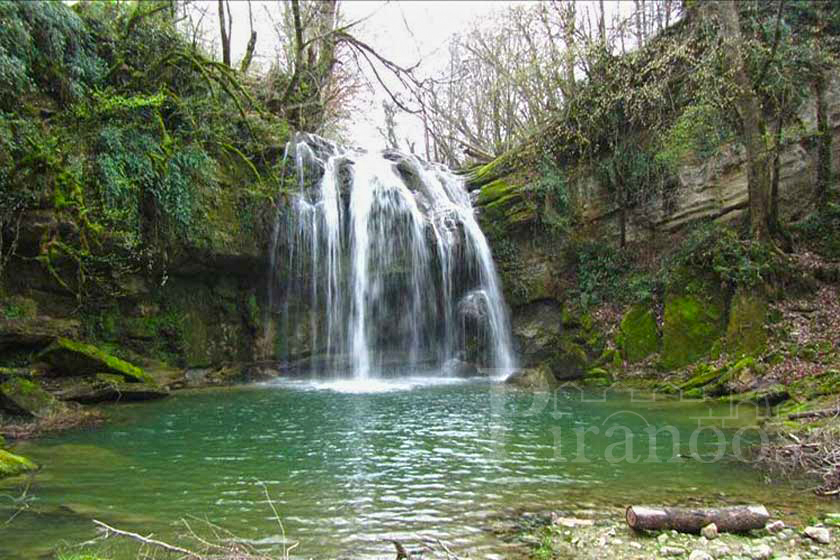
Markuh Castle:
Markuh Castle is 3 km from the Caspian Sea coast and only 6 km from Ramsar. The Markuh Peak is rich in plant species such as shrubs, evergreen trees, oaks, Buxus, rice fields and tea and citrus orchards.
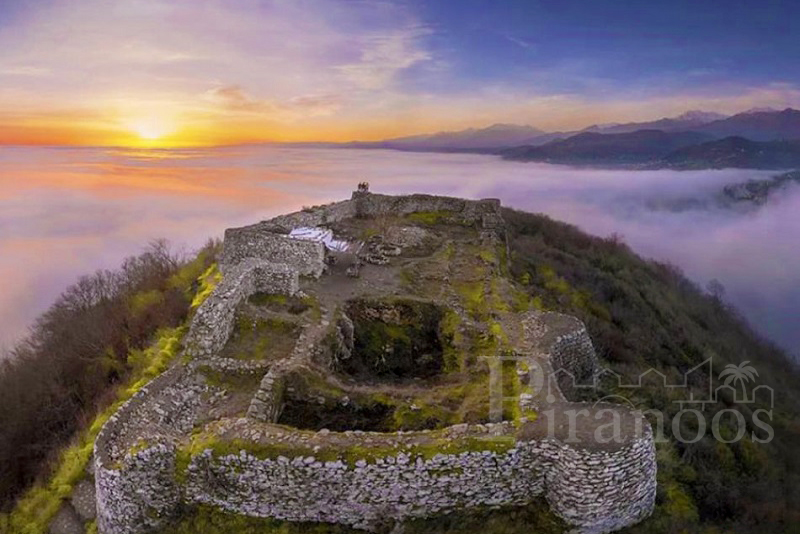
Sadat Mahale Hot Spring:
Ramsar’s hot springs have become one of Ramsar’s attractions and places of interest due to their therapeutic and remedial benefits. These springs have allowed travelers to take benefit of the therapeutic value of hot springs in addition to enjoying the tourist attractions of the area.
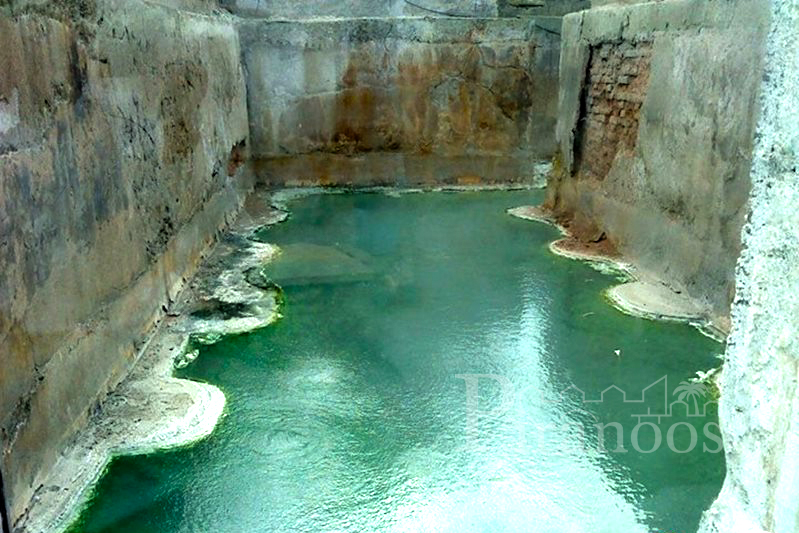
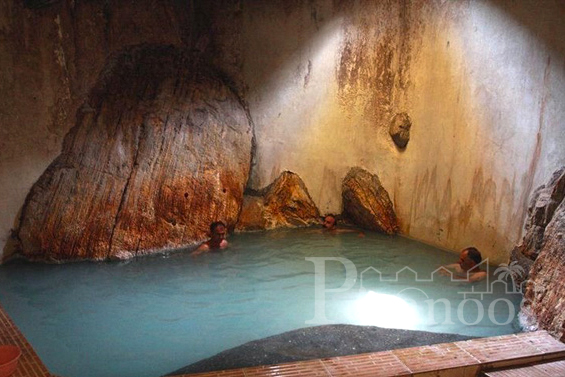
The Persian Garden of Ramsar:
Ramsar royal palace was one of the best monuments of the Pahlavi era in northern Iran and was used as the royal family’s residence. The palace is set amidst a 60,000-square-foot garden, the first-ever modified citrus seedlings and rare ornamental plants were planted in this garden.
Telecabin of Ramsar:
The Ramsar telecabin allows you to cross the Caspian Sea coast to the Forest heights and enjoy the spectacular views of Ramsar over the sky. The telecabin is located 5 kilometers west of Ramsar, has 40 cabins and is capable of carrying 450 people per hour.
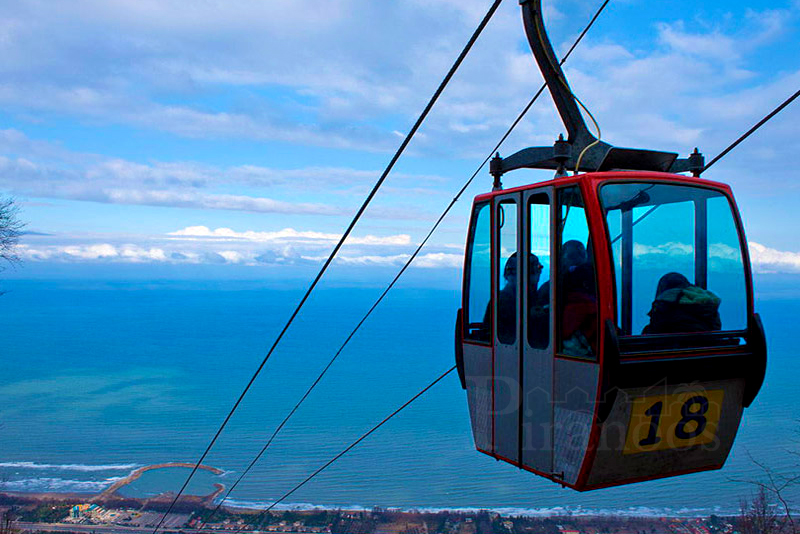
Saffarood Jungle-Park:
Saffarood Forest-Park is located in the middle of a valley and has pristine natural attractions such as the beautiful forest, river and mineral water, which has attracted many tourists and visitors to this area. This beautiful jungle-park has a pleasant climate and is located below the road, with stairs made to access it.
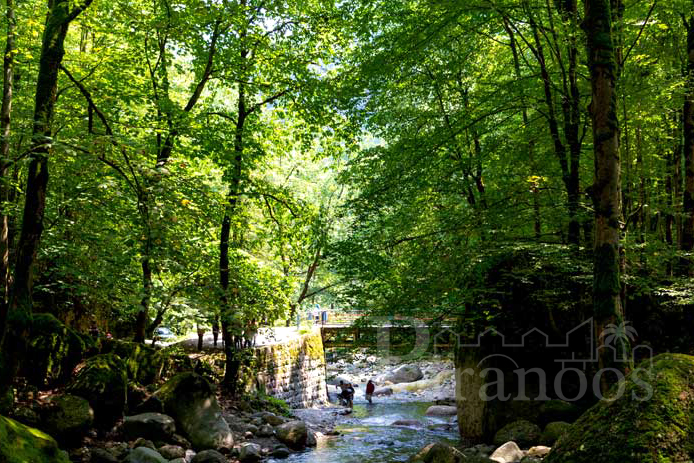
The Swan Lake:
Swan Lake is one of the most beautiful places in Ramsar, a magnificent lake, created by developing a small pond with the efforts of the private sector and it is one of Ramsar’s most popular places of interest.
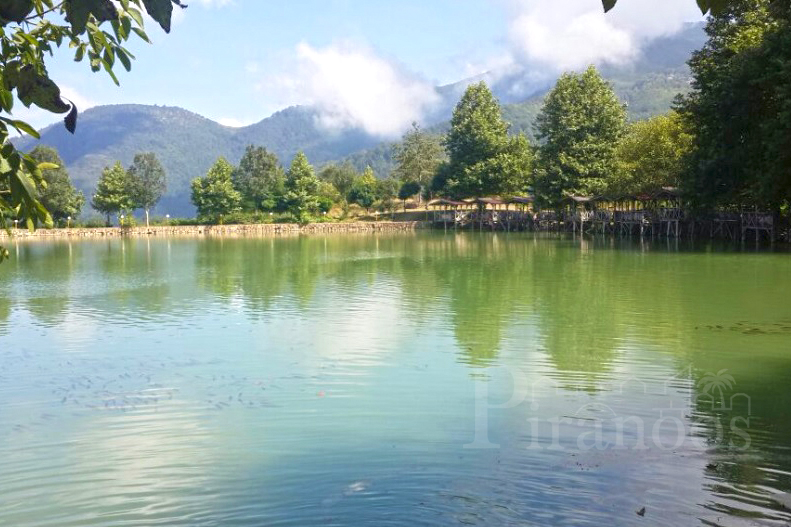
Ramsar Parsian Hotel or Ramsar Old Hotel:
Located in the city center next to the National Park, close to the Marble Palace, this elegant hotel with beautiful architecture is among the hotels listed in the National Heritage List and was designed by German architects and built in the Pahlavi era. The hotel has 25 bedrooms and 5 suites in total and has a basement that has become a traditional café- restaurant.
The Moallem Boulevard:
Built during the Pahlavi era, Moallem Ramsar Boulevard connects the sea, the mountains, and the jungle.
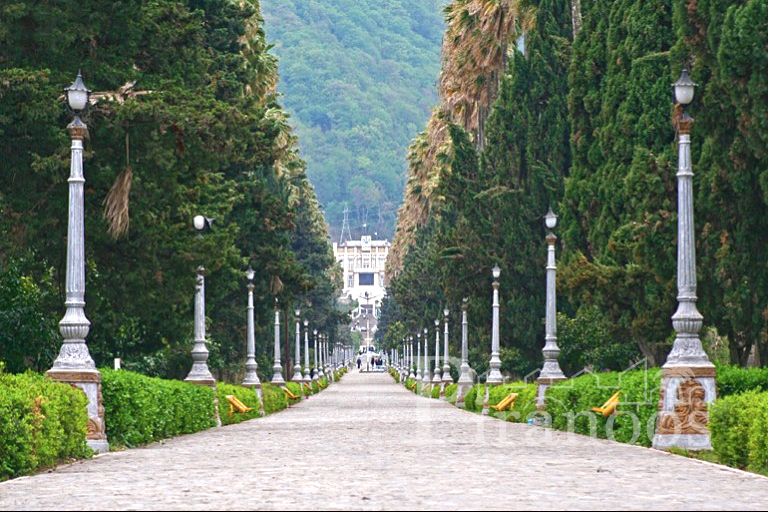
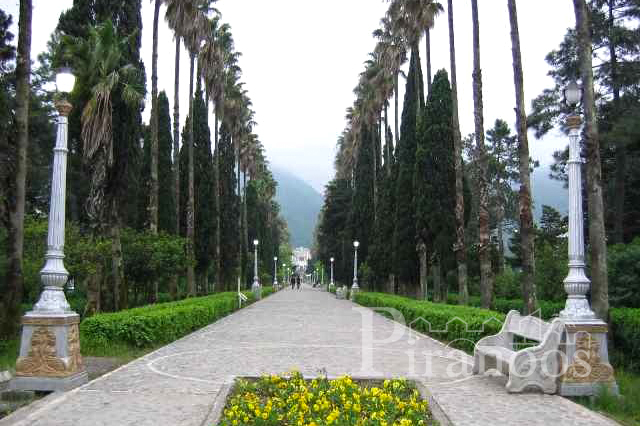
Iran UNESCO Sites in 40 Days

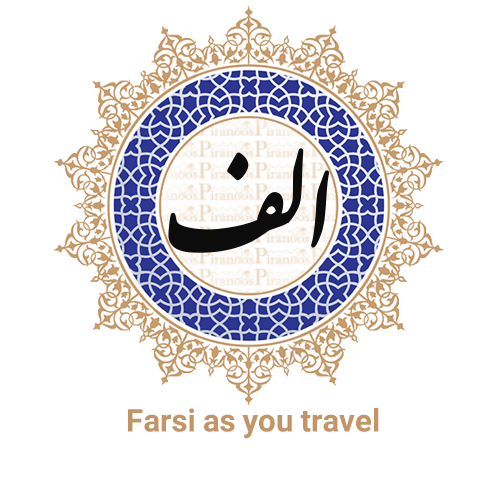
Forty Days & Nights


